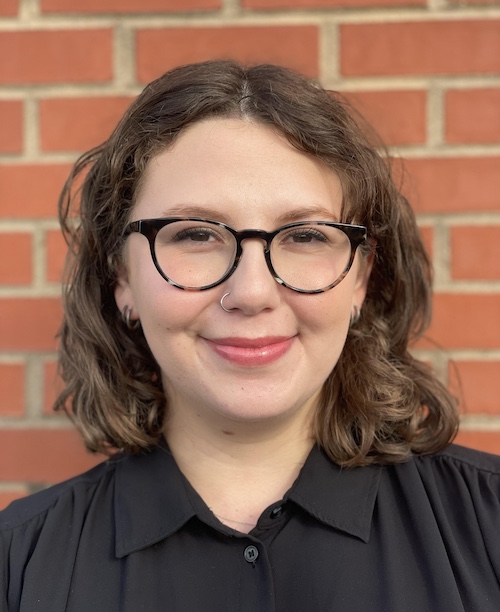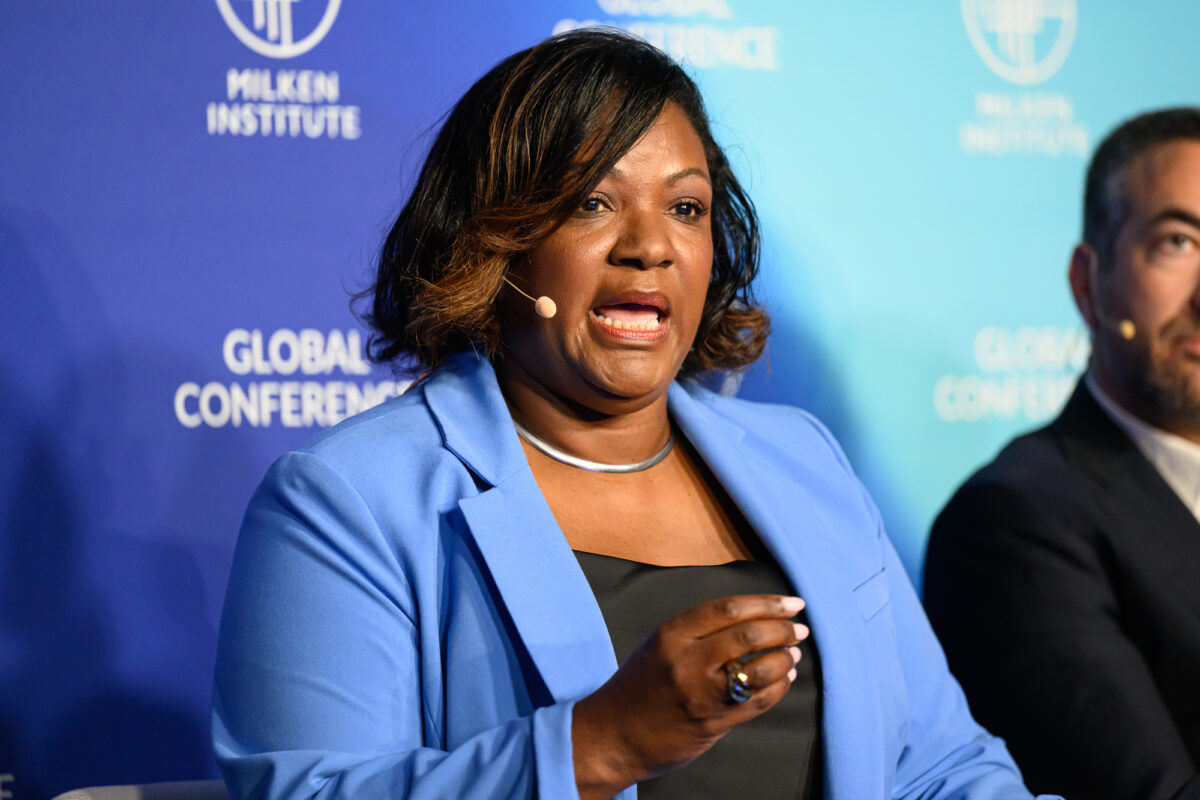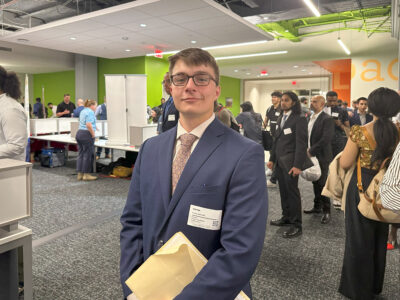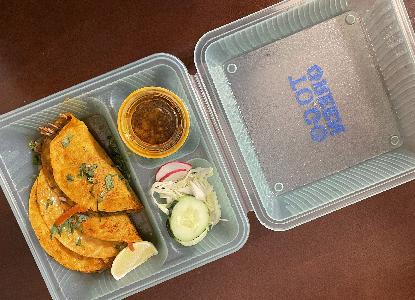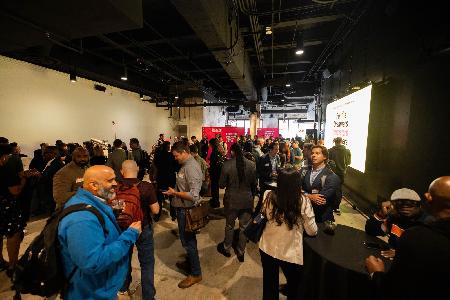When she was released from prison in 2011, after serving a sentence for mail fraud and other white-collar charges, and transitioned out of a halfway house in 2012, she stepped into a completely different digital world.
“Technology, social media: It’s a contact sport, and if you’re not connected to it, you don’t understand it,” said Hodge, who lives in Ellicott City, Maryland.
Hodge made it her mission to eliminate the digital divide for currently and formerly incarcerated people. So, she and her daughter Laurin cofounded the Baltimore nonprofit Mission: Launch in 2012 to make the reentry process easier for formerly incarcerated people, mainly through employment hackathons and other events.
The mother-daughter duo also created R3 Score, an alternative background check service and credit counseling firm. It aims to provide a more holistic report than a traditional background check. It offers two unique scores that contextualize a criminal history and credit score, considering the severity of the offense and certifications received in prison, for example.
Hodge, who also serves on the advisory board for the government and corrections services technology company Aventiv Technologies, wants to make reentering society easier, she said. Technology plays a major role in that.
“I just find it to be kind of fascinating that we’re still having a conversation of closing the digital divide in this country,” Hodge said.
She discussed this mission, along with her career trajectory, podcasting work and more with Technical.ly. This interview has been edited for length and clarity.
Let’s talk about your career journey. What led you to create Mission: Launch and R3 Score?
I never would have thought that I would be doing the kind of work that I’m doing. What I will say is, when I look back over the course of my life, I consider myself a social entrepreneur.
I was always able to kind of look and see a problem, a societal ill or something, where [a solution] could make somebody else’s life a little bit better. And that’s where I naturally gravitated to, in terms of solving problems. How I got to Mission: Launch, to some degree, was solving my own problem and the problem of other people who had an arrest or conviction record.
For me, going to prison came out of nowhere. The company that I started was investigated. I went to trial to defend both myself and the company. We lost, and I found myself in prison — something that I didn’t think that I would do. But I took good skillsets to prison, and while I was sitting in prison, I think I just had something that all entrepreneurs need, which is curiosity.
I was just curious about this problem that really was out of sight, out of mind, until I found myself sitting inside of a prison and just trying to listen and understand the stories of women who had gone to prison, came home. The stories that I found more interesting with the ones that came back again, because I couldn’t understand. When you go home, you can’t go home and stay home.
What I learned was that it’s just very challenging for a lot of people when they come home if they don’t have communities that are well-resourced. If they don’t have family support systems, it’s just difficult for them to come home and connect to the resources that they need to reconnect their lives.
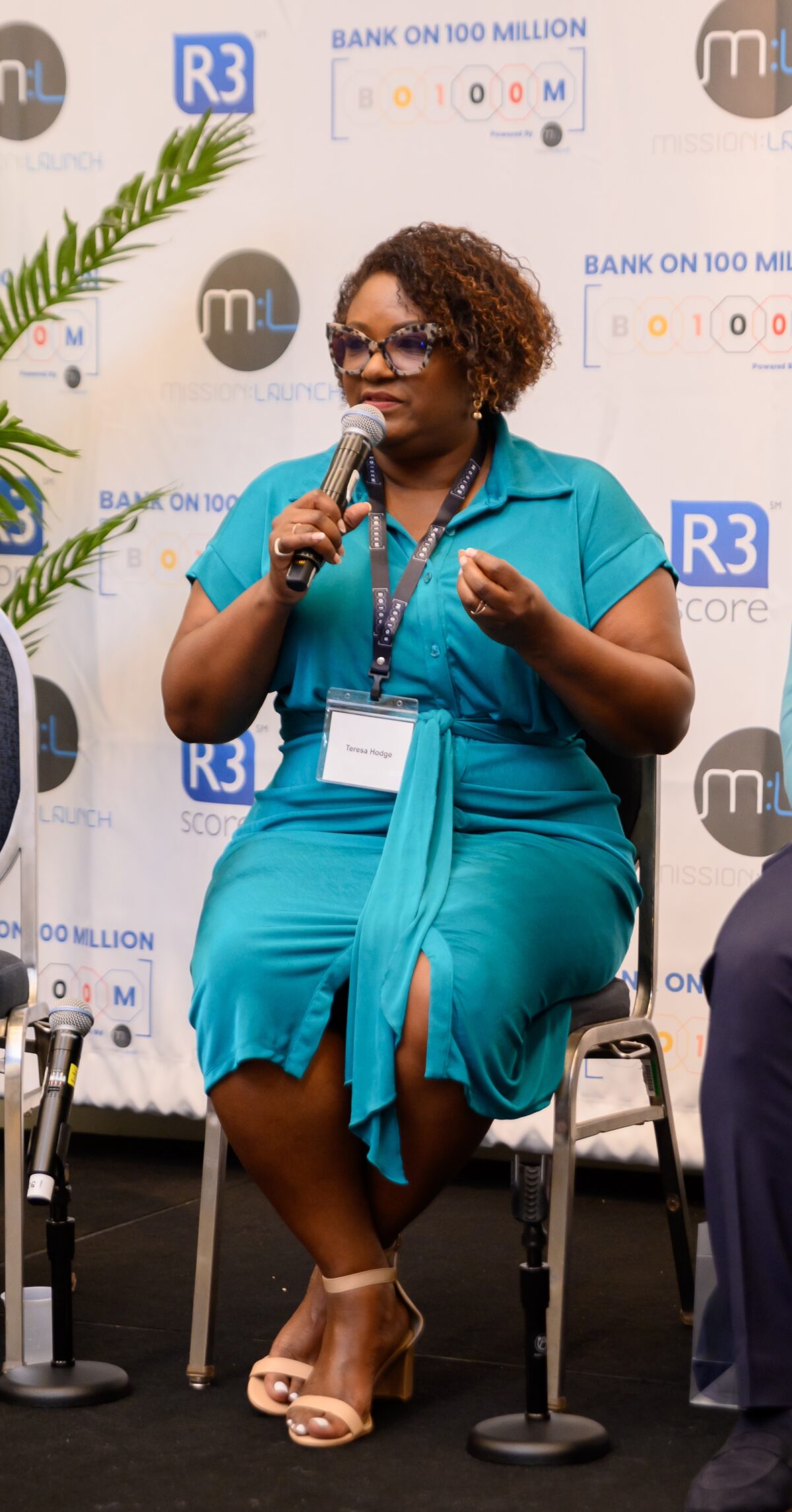
Teresa Hodge speaks on a Bank on 100 Million Coalition panel. (Courtesy)
To some degree, that’s how we started Mission: Launch: [It] was birthed out of that lived experience of incarceration. I started this business with my daughter Laurin, who is my business partner for both Mission: Launch and R3 Score. It’s just been a journey of remaining curious, even on this side of the fence.
It’s been a journey of continuing to listen to what makes sense for me as I still am completing my reentry journey, and what makes sense for others. Just constantly looking: Can we create solutions together? But it’s all about community.
We hosted the first reentry-focused hackathon in the country. Our whole focus is reentry. How can we shorten the time it takes a person with an arrest or conviction record to get back on their feet economically, whatever that means for them.
R3 Score was birthed because over and over what we learned, probably three or four years after I came home from prison, it was like, “Oh, we can solve a lot of problems.” But at the end of the day, it is the criminal background check itself. It’s the fact that a person has a record. It’s the fact that a criminal background report is used, and it’s binary in nature. It only says, “Yes, a person has a record.” And for a lot of decision-makers of all types, when they find out a person has a record, the opportunity stops.
We won’t get people back on their feet if every time you discover they have a record, you’re not willing to just understand. Both of these organizations are optimistic. They believe in the best of people, and they believe that all of us are better than our worst mistake.
How does technology play into the reentry process?
I have always been fascinated [by] and gravitated to technology. And when I was in prison, I became part of the digital divide. Before that, I was promoting for young people to take advantage of technology. It’s going to be the wave of the future. And then, here I found myself on the opposite side of this.
I [used] technology to help me rebuild my own life. What I discovered was, technology was so underutilized in this space. Many service providers were still using pen and paper and giving people sheets of paper, and people were using workbooks.
This makes no sense when technology is used globally to solve some of the world’s biggest challenges. My position has always been: Can we interject technology into reentry? Where and how? So that we can improve outcomes and even moreso scale what works. Technology allows us to democratize access to opportunity for millions of people.
Can you talk about how Mission: Launch and R3 Score use and teach technology day-to-day?
As it relates to R3, it’s a tech company. It went through Techstars locally here in Maryland, it went through Conscious Venture Lab.
We provide the background screening reports digitally to companies all across the country. We’re excited about a new project that we have where we are engaging people who are currently incarcerated.
“Technology, social media: It’s a contact sport, and if you’re not connected to it, you don’t understand it.” Teresa Hodge Mission: Launch, R3 Score
R3 is providing content and information so that people can come home ready on day one. That product is called R3Up. It’s helping people to start to power up so that when they come home, we have more insights and information about them. It allows us to populate more data about the person so that when they’re ready to go apply for a job three months, two months, one month after they’ve been home, we can say, “Yeah, they do have a criminal record that’s 10 years old. But let’s talk about some of the things that they did while they were incarcerated. Let’s talk about what they’ve done since then.”
How does that work? How do you reach people?
We do it through some of our partnerships. One of the partnerships is with Aventiv Technologies. Aventiv is the largest prison tablet company in the United States, boasting around 600,000 tablets. Our solution is scaled on those tablets. The tablets reach about 2 million people, and so we’re taking our software, putting it on prison tablets and giving people access to it.
What does your work entail?
It depends. We host maybe somewhere around three to four events a year, and these events, we center the voices of justice-impacted people. What I like is that it’s my opportunity to really listen to the needs of people, but even more, invite them in a room where they get to be celebrated as subject matter experts and the designers of their own solutions. I absolutely love when we get to do that work.
All roads lead to that. The rest of the time is meeting with funders to make sure that that’s possible. Besides that, I am day-to-day, hands-on on developing some of the solutions.
I have a video podcast that I do on the prison tablet. I really love that. It’s something new that I started in the last year. I have one that’s called “‘From Scratch’ with Teresa Hodge,k” and it’s reentry success stories where I interview individuals who have served time in prison, who have come home and have really gotten their lives on track. I do it to inspire people who are sitting in prison who are not sure about their future. It’s just letting them have a window into the world that they’re going to be returning home to.
I don’t know if I have a typical day, but it’s just really trying to leverage all my social capital as much as I possibly can to make all of these solutions possible.
How can other entrepreneurs and business leaders better support and loop in formerly incarcerated individuals?
I will say that there are a lot of formerly incarcerated people who are home and creating solutions. That’s really exciting because I think those of us who have lived experience, or who are proximate to any solution, are the best and well suited to solve those problems.
I think that you just have to have a lot of tenacity — quite frankly, if you’re a person with a record, because it’s difficult. Entrepreneurship is not easy for anyone. It’s definitely not easy for folks with records, because often we’re navigating our own stability and our own reentry challenges, all while trying to solve a problem for ourselves and others.
Just generally, whether you have a record or not, you just have to be curious. The problem you’re trying to solve has to really be something. Your “why” has to be big, because every day, there’s gonna be lots of reasons for you not to do it.
Being in community helps because, at a minimum, you don’t feel alone when you’re doing the work. Finding your people always helps. Look out and search for accelerators that support the vertical that you’re in.
Find people who will support you. Understand that the path, it may not be straight, it may be zigzaggy, and you might find yourself returning back. But don’t think you have it all figured out. Test your assumptions.
What’s next for you?
I have really enjoyed being on the board of Aventiv Technologies. I have enjoyed sitting at a table and bringing my expertise as a business person, as a person who had the lived experience of incarceration.
I would love to do more work as an advisor to corporations. They don’t have to be in the criminal justice space, but I I love problem solving and I love complicated problems. That’s work that I’ve enjoyed, and that I’m hoping that I’ll be able to continue and expand on that.
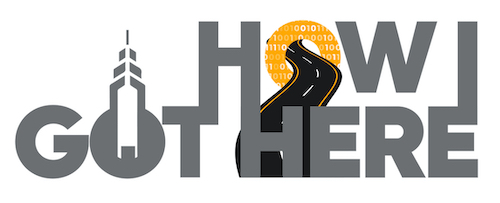
This is How I Got Here, a series where we chart the career journeys of technologists. Want to tell your story? Get in touch.
Before you go...
Please consider supporting Technical.ly to keep our independent journalism strong. Unlike most business-focused media outlets, we don’t have a paywall. Instead, we count on your personal and organizational support.
Join our growing Slack community
Join 5,000 tech professionals and entrepreneurs in our community Slack today!
